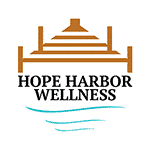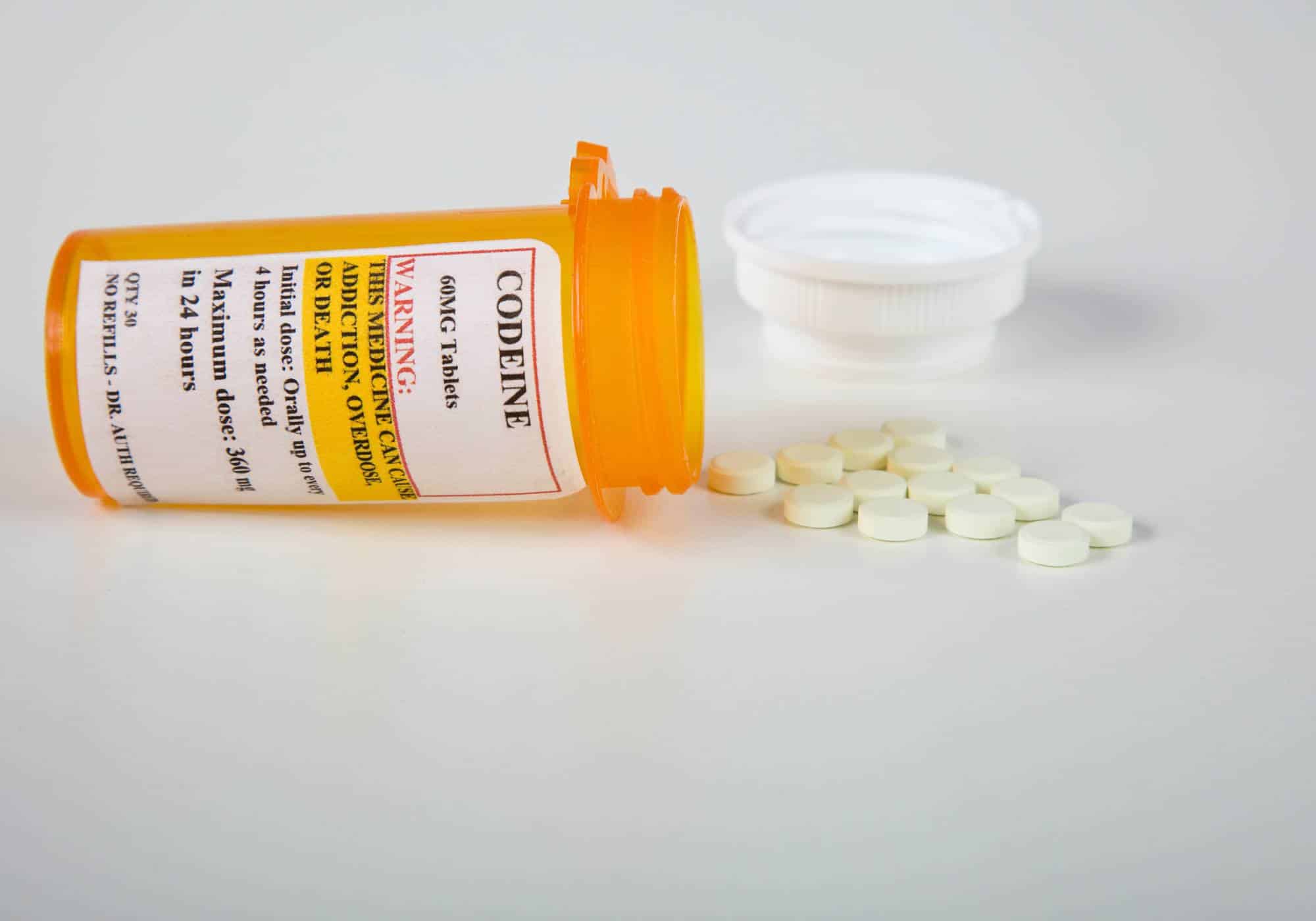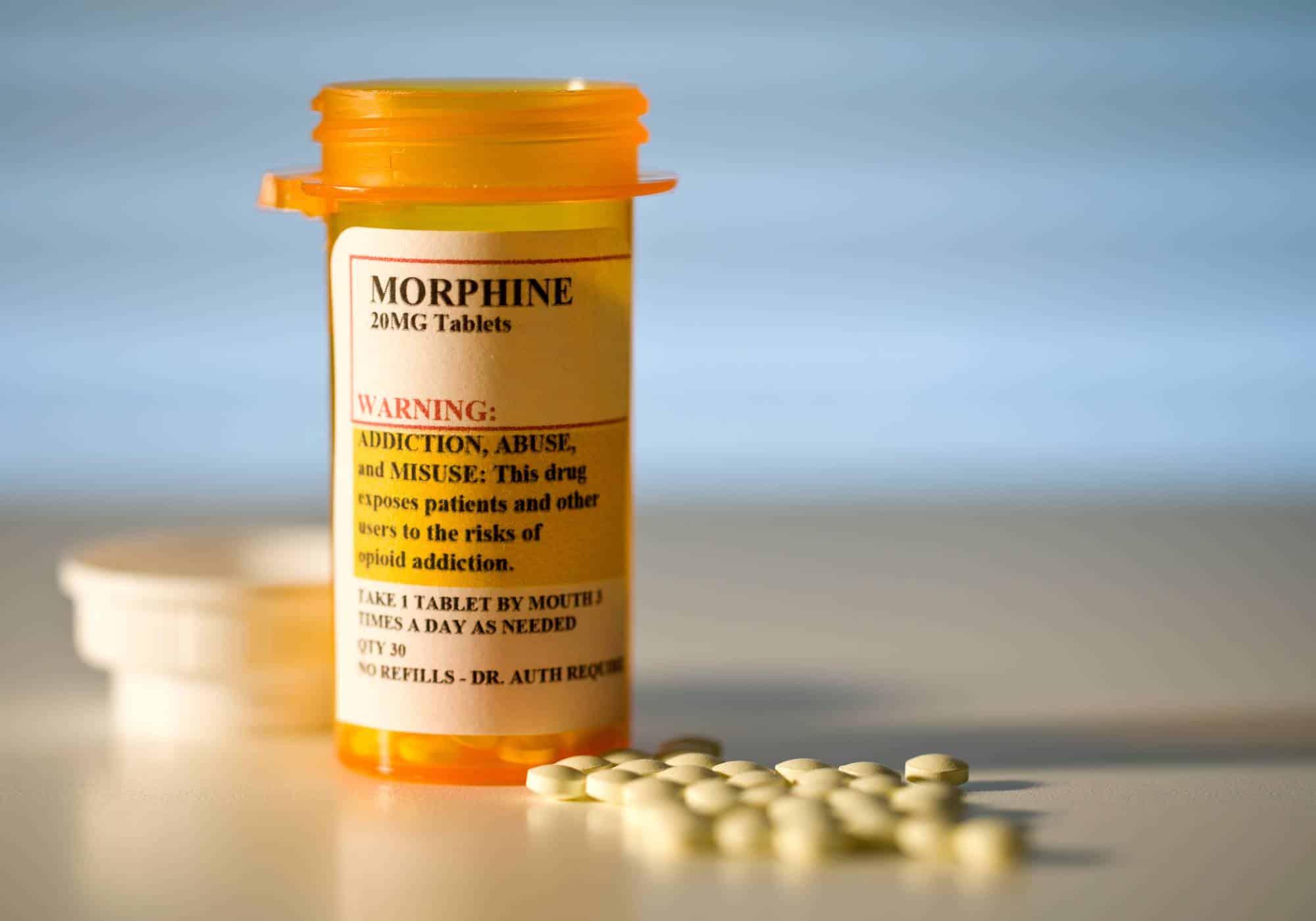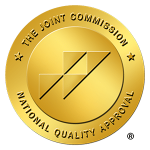OxyContin, a well-known brand for the opioid pain reliever oxycodone, stands out as a highly sought-after drug among those misusing narcotics. Originating from the poppy plant, this potent painkiller is akin to heroin, fentanyl, and morphine. It falls under Schedule II of the Controlled Substances Act, indicating its medical validity alongside a significant risk for abuse, dependency, and addiction. The threat of overdose with OxyContin is severe, often leading to fatal outcomes.
At Hope Harbor Wellness, we implement a rigorous, research-backed method to address OxyContin addiction. Our comprehensive treatment programs incorporate various therapeutic techniques to empower clients toward a sustainable path of recovery.
What is OxyContin?
Often nicknamed “Hillbilly Heroin,” OxyContin, the brand name for the opioid oxycodone, is a powerful pain medication prescribed for the management of persistent and severe pain, such as that related to cancer. It’s typically recommended for managing moderate to intense pain, whether it’s short-term or chronic. Like other opioids, OxyContin provides significant pain relief along with feelings of euphoria and relaxation. Unfortunately, these desirable effects make it a target for misuse by those seeking a recreational high. This risk of dependence is a constant threat, regardless of whether OxyContin is used as prescribed or recreationally.
OxyContin addiction, also known as opioid use disorder or oxycodone use disorder, poses a significant challenge for individuals trying to quit. Dependence on OxyContin can lead to intense cravings and severe withdrawal symptoms, making it extremely difficult for someone to cease use without expert intervention. Nevertheless, with the right treatment approach, individuals affected by OxyContin addiction can overcome their dependence, halt the cycle of abuse, and embark on a path towards lasting recovery.
Causes and Risk Factors for OxyContin Abuse
The journey to opioid use disorder, particularly with OxyContin, is complex and can be influenced by a blend of genetic and environmental elements.
Genetic factors significantly shape the risk of developing opioid use disorder. Traits such as impulsivity and a penchant for seeking new experiences, both of which can have genetic roots, are linked to a higher propensity for opioid addiction. Furthermore, an individual’s genetic composition can affect their social circles, potentially increasing exposure to substance misuse.
Environmental factors also play a critical role in the risk of OxyContin abuse. These can range from high-stress levels and associations with others who misuse OxyContin, to readily available access to the drug. Life events, like accidents or illnesses that lead to an OxyContin prescription, can also pave the way for opioid use disorder.
Key Risk factors of Oxycontin abuse include:
- Male gender
- History of conduct disorder in childhood
- Family history of substance misuse
- Previous substance abuse
- Experiencing persistent or severe pain
OxyContin Dosage and What They Look Like
OxyContin is available in various doses, each identifiable by its distinct color and marking. The tablets are compact, round, and bear either “OC” or “OP” on one side, with their dosage strength also imprinted. The color coding for the dosage levels is as follows:
- 10 mg tablets are white.
- 15 mg tablets come in gray.
- 20 mg dosage is marked by pink tablets.
- 30 mg tablets are brown.
- 40 mg ones are yellow.
- 60 mg tablets are red.
- 80 mg dosage is available in green.
In response to concerns over misuse, all OxyContin tablets have been reformulated to be crush-resistant. This change makes it more challenging to divide the tablets into smaller portions, reducing their abuse potential.

How Is OxyContin Used?
For safe use of OxyContin, adherence to the prescribing doctor’s instructions is crucial. This opioid, even when utilized according to medical advice, carries a significant risk for dependence and abuse. By strictly following the prescribed dosage and method of administration, these risks can be minimized. Patients are advised against exceeding the prescribed amount or altering the medication’s form. OxyContin’s extended-release tablets are designed for oral intake and must not be crushed, chewed, or opened.
Should a dose be inadvertently skipped, contacting a pharmacist for guidance is recommended.
Common side effects linked with OxyContin use include:
- Feeling sleepy or drowsy
- Experiencing headaches
- Feeling dizzy
- Constipation
- Nausea and vomiting
- Dryness in the mouth
- Itching
OxyContin Addiction
Individuals grappling with OxyContin addiction often find themselves driven to consume the drug more often to experience intense euphoria. Aware that this pattern depletes their medication supply prematurely, the overwhelming desire for a heightened euphoric state overrides concerns at the moment. This may lead to altering the prescribed way of consumption or using the drug without a prescription, escalating into a grave addiction.
Risk Factors for OxyContin Addiction include:
- Increasing dosage beyond prescription
- Prolonged use of OxyContin
- Concurrent use of other drugs or alcohol
- Existing mental health issues, such as depression or PTSD
- A background of alcohol or substance misuse
Signs and symptoms of OxyContin Addiction
OxyContin addiction manifests in a range of signs and symptoms that can differ based on the individual, duration of addiction, and dosage used. These signs include:
Mood-Related Symptoms:
- Heightened sense of euphoria
- Intense happiness
- Periods of depression
- Increased anxiety
- Occurrence of panic attacks
Behavioral Symptoms:
- Escalating dosage to feel the same effects
- Acquiring the drug through theft or deceit
- Falsifying prescriptions
- Engaging in criminal acts like pharmacy robbery
- Altering the drug’s form for intensified effects
- Engaging in hazardous activities
- Encountering legal issues
- Withdrawal from social circles
- Obsession with acquiring and consuming OxyContin
- Ignoring personal hygiene
- Overlooking responsibilities
- Deterioration in school or work performance
Physical Symptoms:
- Experiencing constipation
- Persistent tiredness
- Nausea and vomiting
- Stomach pain
- Excessive sweating
- Itching sensation
- Decreased hunger
- Difficulty in urination
- Dizziness and faintness
- Low blood pressure
- Breathing difficulties
- Risk of heart problems and overdose
- Potentially fatal complications like coma and death
Psychological Symptoms:
- Dependency on the substance
- Heightened anxiety
- Depressive episodes
- Increased panic attacks
- Intensification of existing mental health conditions
- Experiencing hallucinations
- Paranoia
- Delusional thoughts
These varied symptoms underscore the complex nature of OxyContin addiction, highlighting the need for comprehensive treatment to address both the physical and psychological aspects of dependency.
How Addictive Is OxyContin?
OxyContin is recognized for its high potential for addiction and dependency, the most significant among legally prescribable drugs. Containing oxycodone, OxyContin shares properties with other potent opioids like heroin, fentanyl, and morphine. These substances work by altering pain pathways in the brain, potentially triggering a sense of euphoria. This effect not only relieves pain but can also lead to misuse, fostering a cycle of abuse and addiction due to the pursuit of the pleasurable sensations it induces.
Why Is OxyContin So Addictive?
OxyContin’s addictive nature stems from its interaction with the brain. It activates the brain’s reward mechanism by releasing a surge of dopamine, a neurotransmitter associated with pleasure and satisfaction. This process conditions the brain to continually seek out the euphoric feeling provided by OxyContin, despite the potential negative consequences. As this cycle persists, dependence on the drug can develop, leading to addiction.
How Does OxyContin Affect the Brain?
The consumption of OxyContin can induce a heightened state of mood and a feeling of tranquil euphoria. Yet, the misuse of OxyContin can detrimentally affect an individual’s emotional well-being, cognitive processes, and personality traits. Persistent misuse may lead to erratic mood fluctuations, heightened paranoia, increased anxiety, deepening depression, and aggressive behavior.
Effects of OxyContin Abuse
The prolonged abuse of OxyContin and a lack of treatment for opioid addiction can result in numerous severe consequences, such as:
- Damage to internal organs
- Impaired vision
- Problems with sexual function
- Physical harm from impaired judgment or risky behavior linked to OxyContin
- Decline in job performance
- Loss of employment and financial stability
- Legal issues, ranging from arrests to jail time
- Strained or broken relationships with loved ones
- Family conflicts, leading to separation or divorce, and potential loss of child custody
- Financial ruin
- The emergence or worsening of mental health conditions
- A heightened risk of suicide

OxyContin Addiction & Co-Occurring Disorders
It’s often observed that addictions, including those to OxyContin, are linked to underlying mental health issues that have not been addressed. Common mental health conditions that frequently occur alongside OxyContin addiction include:
- Bipolar Disorder
- Anxiety Disorders
- Depression
- Schizophrenia
- Conduct Disorders
- Antisocial Personality Disorder
How Can I Tell if I’m Addicted to OxyContin?
Recognizing an addiction to OxyContin involves observing various signs and symptoms, which may not be evident in everyone but are commonly seen in many who struggle with addiction. Here are indicators that might suggest an addiction to OxyContin, which are also explored in a confidential OxyContin addiction assessment:
- Taking OxyContin in higher doses or for a longer period than was intended.
- Feeling overpowering cravings for OxyContin that dominate your thoughts.
- Encountering difficulties in managing responsibilities at work, school, or home due to OxyContin use.
- Experiencing feelings of guilt or remorse related to your use of OxyContin.
- Continuing to use OxyContin despite it causing issues within personal relationships.
- Hearing concerns from family or friends regarding your consumption of OxyContin.
- Finding it challenging to cease using OxyContin on your own.
- Seeking OxyContin from non-medical sources once your prescription is depleted.
- Suffering from side effects such as headaches, constipation, or confusion after OxyContin use.
- Facing withdrawal symptoms when trying to quit or reduce OxyContin use.
- Isolating from friends or social activities because of OxyContin.
- Participating in hazardous activities under the influence of OxyContin.
How Long Does It Take To Get Addicted to OxyContin?
The journey to OxyContin addiction varies significantly from one individual to another, as addiction encompasses more than merely experiencing the drug’s euphoric effects or developing a physical reliance. Addiction to OxyContin is a complex interplay of psychological and social factors that drive a person to continue using the drug despite knowing its negative impact on their life. For some, addiction may manifest quickly, within days, weeks, or months of starting to use OxyContin. In contrast, others may not experience addictive behaviors until after years of usage. The process is deeply individualized, highlighting the diverse nature of substance abuse and the need for personalized approaches to treatment and recovery.
OxyContin Withdrawal and Overdose
Effects of OxyContin Withdrawal
Dependency on OxyContin can lead to severe withdrawal symptoms when trying to quit or cut down, including:
- Intense cravings for the drug
- Excessive sweating
- Runny nose and tearful eyes
- Pupil dilation
- Nausea with vomiting and diarrhea
- Severe abdominal cramps
- Pain in muscles and bones
- Fever and chills
- Difficulty sleeping
Effects of OxyContin Overdose
As tolerance builds, there’s a higher risk of overdose due to consuming larger doses to achieve the same high. An overdose can be life-threatening, necessitating urgent medical care. Symptoms of an OxyContin overdose include:
- Profound sweating
- Skin that’s cold to the touch and clammy
- Shallow or labored breathing
- A slow heartbeat
- Blurred vision and pinpoint pupils
- Confusion or disorientation
- Possible seizures
- Overwhelming drowsiness, leading to unconsciousness
OxyContin Addiction Treatment at Hope Harbor Wellness
Located in the serene suburbs of Atlanta, Hope Harbor Wellness is your ally in the fight against OxyContin addiction in Atlanta. Our OxyContin drug rehab centers, dedicated to holistic recovery, are ideally situated to offer you the support you need.
Our compassionate outpatient program collaborates with top-tier medical OxyContin detox facilities, ensuring a safe and effective detox process. Once free from addictive substances, you can seamlessly transition into one of our specialized outpatient treatment programs at Hope Harbor Wellness, designed to address substance use disorders:
- Outpatient Rehab: A flexible program tailored to fit into your daily life.
- PHP (Partial Hospitalization Program): Offers a structured yet non-residential approach to treatment.
- IOP (Intensive Outpatient Program): Provides more intensive care while allowing you to maintain daily responsibilities.
- Dual Diagnosis Treatment Program: Caters to those with co-occurring mental health disorders.
Our OxyContin addiction treatment programs incorporate a variety of interventions:
- MAT (Medication-Assisted Treatment): Utilizes medications to ease withdrawal symptoms and cravings.
- Psychotherapy: Addresses underlying psychological aspects of addiction.
- Group Therapy: Offers peer support and shared learning experiences.
- Individual Counseling: Provides personalized guidance and support.
- Family Therapy: Helps heal and strengthen family relationships.
- Holistic Therapies: Focuses on overall well-being, including physical, emotional, and spiritual health.
- Aftercare: Ensures ongoing support post-treatment.
Embark on your journey from addiction to recovery with Hope Harbor Wellness. Trust in our dedicated team to guide you every step of the way. For more information or to start OxyContin addiction treatment in Atlanta, GA, call our admissions team at 678-605-9725.












